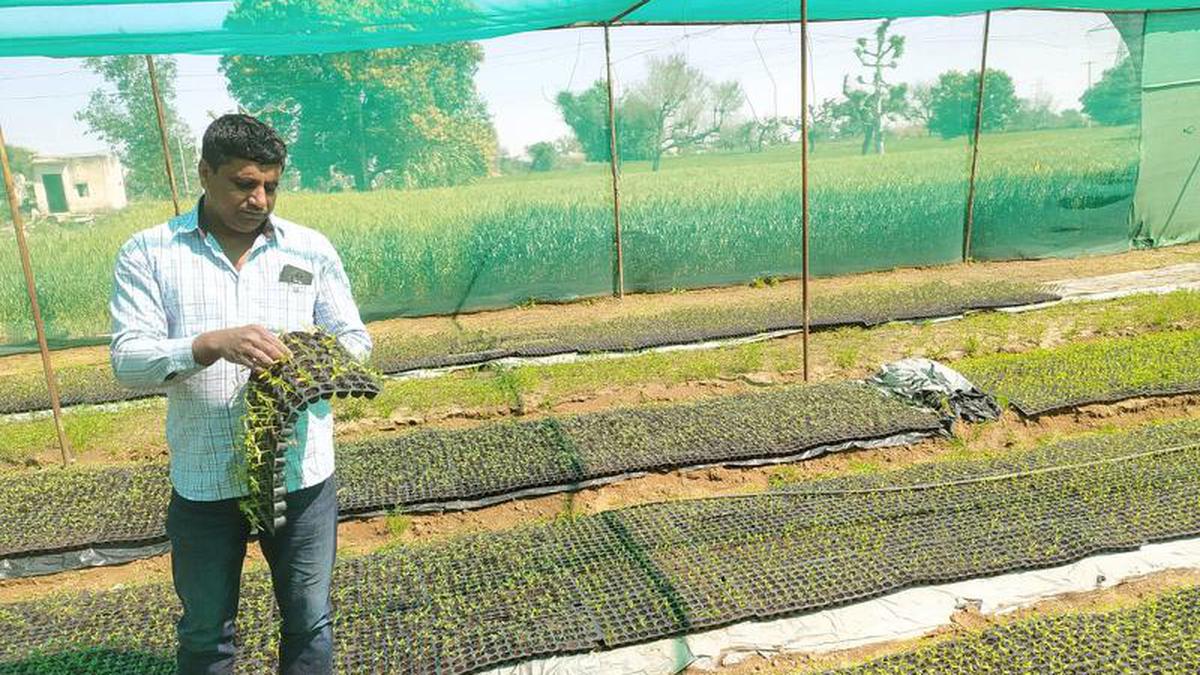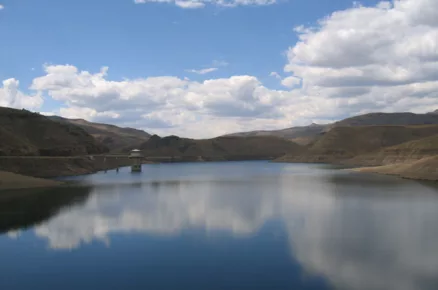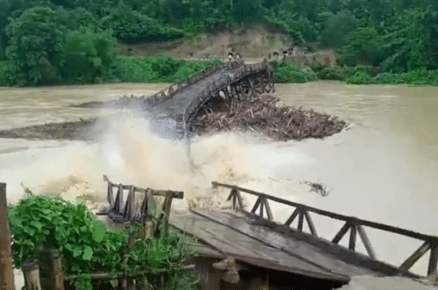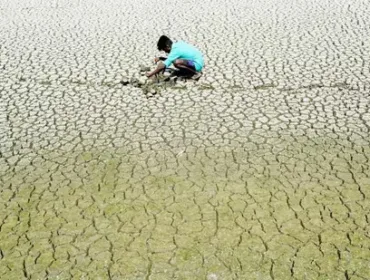Neat rows of vegetable and fruit plants in a portion of the 4.50-hectare agricultural land, a 3.3-KV solar power panel running pumps and other electrical appliances, slim polyethylene hoses for drip irrigation, and uniformly spaced trees form part of some innovative practices adopted by farmer Bhanwar Lal Meel at Lalasi village in Rajasthan’s Sikar district.
Mr. Meel, 41, who has studied till Class 12, has made innovations in traditional practices and adopted new techniques to turn farming on his ancestral land into a profitable venture amid the decline in the groundwater level and erratic rainfall. A pond constructed in his field last year, utilising the subsidy under the Prime Minister’s Krishi Sinchayee Yojana, provides an additional support to farming by storing rainwater.
Mr. Meel is among a group of farmers in the Shekhawati region who have adopted new techniques for optimum utilisation of water and are getting remunerative prices for agricultural produce. The expertise at the farmland has led to significant expansion in the sowing area for crops and vegetables, higher yield, and enhanced annual income per hectare of land.
A major concern
The decline in the groundwater level is a major issue for agriculturists in all four districts of Shekhawati — Sikar, Jhunjhunu, Churu, and Neem Ka Thana.
As the production of crops has declined, farmers have started cultivating vegetables, as they can get eight times the yield with just 25% labour compared with traditional farming. The sowing area of vegetables has almost doubled in the last 10 years.
Farmer Mahesh Pachar in Sikar tehsil’s Jheegar Bari village has adopted rainwater harvesting techniques on his seven-acre land and established a climate-controlled polyhouse in an area measuring 1,000 square metres for growing vegetables. “The polyhouse remains vacant only from April to June. The rest of the year, I grow a good quantity of fruits, vegetables, and flowers,” he said.
Sundaram Verma of Danta village has developed techniques to grow crops with less water and conserve water in the arid regions. He was awarded the Padma Shri in 2020 for developing ‘dryland agroforestry’, a method to help tree plantation efforts.
Bhanwar Lal of Sarwari village in Sikar’s Dhod block has established a processing plant for gooseberries grown in his fields and started producing candy, powder, and murabba (sweet fruit preserve), which fetch him an annual profit of Rs. 15 lakhs. Similarly, Dharampal Singh in Jhunjhunu district’s Bharu village has taken up organic farming with the help of vermicompost produced in his 19-acre field.
Increase in income
Agricultural expert Chiranji Lal Maharia, who owns a 10-hectare land in Sikar’s Kudan village, pointed out that the average income of farmers in the region, which was earlier about Rs. 1 lakh per hectare in a year, has touched about Rs. 8 lakhs a year as a result of the innovative practices and hi-tech applications.
The sowing area of crops has also increased by one-and-a-half times. Besides, the separate agriculture budget started by the previous Congress regime in the State had introduced subsidies for horticulture and farm mechanisation through the purchase of agricultural equipment.
Faced with paucity of water, Mr. Maharia had to take up animal husbandry as an avocation. He also encouraged other villagers to rear sheep and goats.
“I am getting the services of a veterinarian to ensure proper growth of my animals, whose number has crossed 60,” he added. The ‘bakra mandi’ (goat market) in Sikar is one of the biggest in the State, where the annual turnover is estimated at Rs. 600 crores.
For this year, the Agriculture Department has announced a subsidy of up to Rs. 1.35 lakhs for construction of farm ponds, which may be used for collecting rainwater for irrigation.
Mr. Maharia has led a group of farmers to raise the demand for bringing canal waters for irrigation in the parched fields. He said if a provision of 5,000 cusecs of canal water is made for the 50-lakh acre irrigable land in the region, it will solve the problem of water scarcity and also provide enough drinking water to the 85-lakh population in Sikar division.
The Chaudhary Kumbharam Lift Canal, built under the Indira Gandhi Canal Project, supplies 1,500 cusecs of water to some areas. If the Indira Gandhi Canal is repaired on a war footing, the inflow of water may increase to 15,000 cusecs and a portion of the additional quantity may be allocated to Sikar.
If one cusec of water is allotted per 1,000 acres, the drinking water requirement may be met and fruit and vegetable production can be taken up in 50 lakh acres through drip irrigation. The rearing of sheep and goats will provide additional support, Mr. Maharia pointed out, while calling for the appointment of a panel of experts and framing of water allocation rules. These rules may be made on the lines of allocation coming to Sanchore in southwestern Rajasthan from Sardar Sarovar Dam in neighbouring Gujarat.
The Sikar Sambhag Nahar Lao Sangharsh Samiti has also pointed out some anomalies in a memorandum of understanding signed between the Haryana and the Rajasthan governments last month for ensuring the supply of the latter’s entire share of water as per the 1994 Yamuna Water Agreement.
Sangharsh Samiti chief Bhola Ram said the Rajasthan government should make an attempt to get its full share of water from Tajewala Head and arrange for its supply to Sikar division through pipelines.
In the midst of the demands for bringing water to Shekhawati, Sikar Collector Qummer-ul-Zaman Choudhary said he is encouraging farmers to adopt new cropping patterns. “The establishment of farmer-producer organisations, linkages with cooperatives, and ensuring market accessibility will enhance their income,” Mr. Choudhary said.













